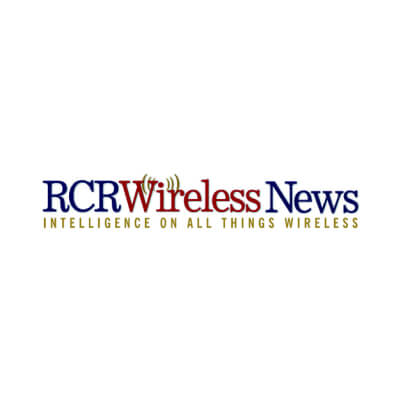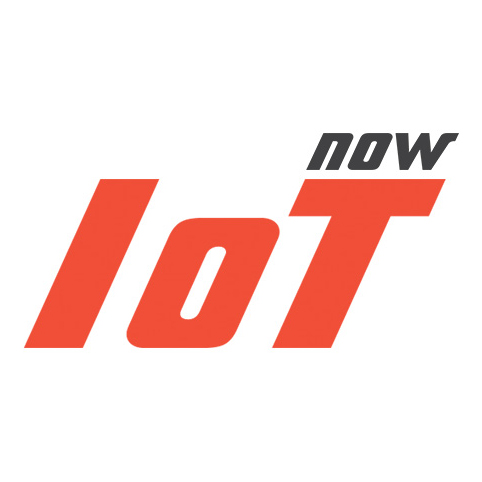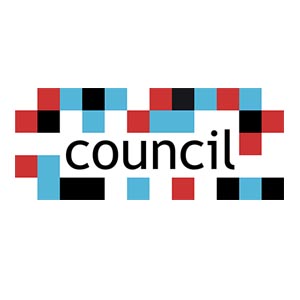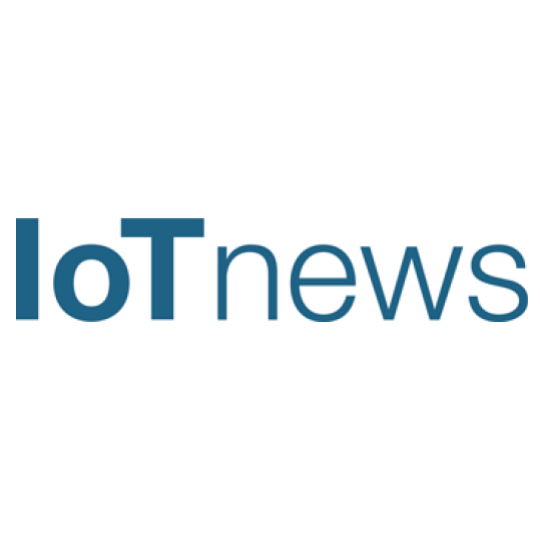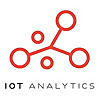
IoT deployments need connectivity that is robust and reliable. One that meets their need to remain connected anywhere globally, has efficient and cost-effective logistics and processes, and ensures protection from ecosystem unpredictability in the future.
Cellular networks are the most scalable and accessible solution for IoT connectivity. However, the approach to cellular connectivity for IoT deployments may need to be more than just buying a regular SIM with a consumer cellular plan.
There is a reason to look beyond traditional cellular solutions when it comes to IoT devices. Many device makers think a simple data plan like they have for their phone is sufficient, but quickly realize that it is unsustainable. Their devices may be water meters that only need to transmit 10 kilobytes of data once a month, so getting even a 1-gigabyte plan for each of them would be a definite overkill.
Moreover, using traditional packages for IoT devices may lead to problems with managing and scaling deployments, extra costs, and overall connectivity inflexibility, especially in fleet management.
Connectivity requirements of IoT devices and consumer devices differ in terms of their design and features to cater to the specifics of their respective use cases. The market reflects it: IoT services offer the necessary features, flexibility, scalability, and management capabilities required for successful IoT deployments, while regular services are more suited for personal communication and data consumption on consumer devices.
There are quite a few special connectivity requirements that IoT devices may have. It’s important to consider them when choosing a connectivity solution for your IoT deployment:
Durability
We deploy IoT devices quite often in harsh environments. So, the SIMs used in them need to be durable and ready to work in extremely high or low temperatures, withstand vibrations, corrosion, etc. Since the lifecycle of an IoT device may be as long as 15 years, and oftentimes there is no option to change a SIM because the device is hard to access technically or due to remote location, SIMs must be able to last that long.
All this is irrelevant for consumer devices since it’s hard to think of an ordinary phone or a tablet that would have to deal with temperature shifts that range from – 40°C to 105°C or high humidity regularly, and it’s easy to replace SIM in them if need be.
There are different types of SIM cards for different environments. We can use consumer SIMs in handheld devices, smart meters, and trackers. They are designed to work in temperature ranges from -25C to +85C, and their lifecycle does not exceed 10 years.
Thicker and more sturdy industrial-grade SIMs can withstand humidity, corrosion, and shock, are used in heavy machinery, and can serve for 15 years. The most endurable of all are automotive-grade SIMs that can operate in extreme conditions – shocks, vibrations, humidity, very high and very low temperatures – for up to 17 years.
| SIM grade | Consumer | Industrial | Automotive |
| Form factor | 2FF, 4FF, 4FF, MFF2 | 2FF, 4FF, 4FF, MFF2 | MFF2 |
| Temperature | -25C ~ +85C | -40C ~ +105C | -40C ~ +105C |
| High humidity | No | Yes | Yes |
| Corrosion | No | Yes | Yes |
| Vibrations | No | Yes | Yes |
| Lifecycle (max) | 10 years | 15 years | 17 years |
Network and Roaming Capabilities
In many use cases, IoT devices need to be able to make use of multiple networks both in their host region and abroad, to ensure better coverage and roaming on the best available network. This makes it easier to deploy devices on a large scale and allows them to operate seamlessly across borders.
With traditional cellular contracts devices usually connect to a single carrier network in their host region, which means they may suffer from poor coverage and are always at risk of an outage. In this case, either limits restrict roaming or high roaming charges apply.
The ability to use multiple networks is necessary not only for, say, a connected vehicle driving across half of Europe. It’s still relevant for IoT devices that are stationary or used in equipment that technically is mobile, but mostly stays in the same area, like agricultural machinery that moves around the fields but never actually leaves the farm.
While theoretically, it is possible to find the best cellular provider for a certain spot, there’s always a risk of losing connectivity if the network is down for some reason. The device has mechanisms that enable it to get good coverage even in case of network loss by switching the device automatically to a different network or by locking it on to the best network available when being powered on. A consumer can use this capability. But it’s more important for IoT devices that do not have a user that can intervene.
Data Usage and Data Packages
IoT devices may use data at different rates, depending on the device type and use case. Some devices send small amounts of data a few times in a certain period, like a smart meter transmitting data on water or electricity consumption. Others may need to gather and send a lot of data non-stop, like sensors in a connected vehicle. IoT service providers should offer flexible and customizable data plans to accommodate the diverse needs of IoT deployments.
Such data plans provide options for low-power devices, intermittent connectivity, specialized protocols, and customized data limits. We make pricing models designed to be cost-effective for large-scale deployments. We tailor these contracts based on the data use of certain devices. They are also more flexible than regular cellular connectivity contracts in terms of pausing, canceling, or renewing.
Consumer devices typically use a lot of data with online streaming services and voice & video calls over the internet. That’s why connectivity offers for consumers contain data packages that are structured for personal data consumption, including browsing the internet, making calls, and streaming media. These packages typically offer predefined plans with fixed data volumes of data and network configurations.
By way of an illustration, a 100 GB voice & data package may be a good consumer offer, but it won’t be a good choice for a tracker or a smart water leak sensor that sends very small amounts of data occasionally. Neither will it meet the requirements of a high-consumption device, like a security camera transmitting high-quality video 24/7. An IoT connectivity provider needs to adjust its offering to the use case.
Scalability
Scaling in IoT requires an ability to cope with many connected devices and may need a specifically arranged geographical architecture to avoid latency issues or noncompliance with local regulations. We do not design regular connectivity offerings to scale for large-scale deployments common in the IoT realm. It lacks the features and management tools necessary to efficiently handle many devices spread across different locations and deal with massive amounts of data traffic simultaneously.
The scaling of IoT projects also depends on certain network capabilities. If, for instance, an automotive manufacturer is about to enter a new market with connected cars, the operator that provides connectivity for them will need to make sure that the network can handle this additional stress. In some cases it may be necessary to adjust the network: change the architecture or provide more computing power.
When deploying devices like security cameras that must have low latency, the operator may tailor the connectivity solution by placing a local data center and servers close to the edge. Or, as we onboard more IoT devices, the provider may use cloud-based installations like AWS that allow us to make a quick expansion, providing the bandwidth that is needed.
Device Management
Also critical for IoT deployments are advanced device management capabilities that allow for remote provision, management, and monitoring of IoT devices. That includes features like over-the-air (OTA) updates, diagnostics, device configuration, and security management. We can activate and manage SIMs centrally and remotely, making them suitable for large-scale deployments of unmanned devices in any area. Although some of these capabilities are available in traditional connectivity offerings, the latter generally do not provide advanced device management features. They may lack functionalities like remote device provisioning, OTA updates, and granular control over IoT device settings.
There are solutions like Mobile Device Management (MDM) platforms that we use today mainly for the consumer market to remotely configure laptops or special features in iPhones. We need such solutions for IoT devices as well to handle all configurations remotely. Some operators may expand their offering with additional value-added services, providing a device management platform for a plethora of IoT devices hosted on their network.
Visibility & Control
To make their IoT deployments successful, enterprises need to have full transparency of how much data is being used by each device, when, and where. The ability to access statistics on data usage allows us to monitor the way connectivity works and make adjustments to business operations to optimize costs.
For better control, enterprises would need an application that collects information from the devices and the network and can provide different types of statistics. It can be a dashboard that allows one to view and analyze data usage, top-consuming devices, and other statistics reports. It can help the enterprise to track different scenarios, and either limit or expand the usage for specific IoT devices. Some of these solutions, for instance, preventive monitoring systems, may even use AI and provide forecasts and recommendations.
Features to Look At
There may be various connectivity requirements depending on the type of IoT devices and certain usage scenarios. But there are several main features that enterprises need to be looking at when choosing the connectivity provider and solution for IoT devices they deploy:
- The devices should rely on a network that not only offers sufficient coverage but also allows easy scaling, ensures compliance with connectivity and data regulations in the countries where we deploy them, and guarantees acceptable latency.
- The provider should offer capabilities necessary for future-proof connectivity: ability to use multiple carrier profiles and switch carriers easily, OTA provisioning option, and compatibility with the new GSMA IoT standard (SGP.32).
- Along with visibility to data usage and network events, IoT customers need to have a centralized way to manage SIMs, especially for large fleets of IoT devices. The connectivity provider’s offer should include capabilities to manage connected devices in bulk and monitor the data usage of each device.
- A flexible approach to data packages and a tailored connectivity offering that considers the type of IoT devices used, their data consumption needs, and the locations where they are deployed is a must.
Even if a regular connectivity offer seems a viable option for your IoT deployment, there are many pitfalls. It will likely not be future-proof, flexible enough, or economically feasible. So the best recommendation here would be to find the right IoT connectivity solution instead. And the more customizable it is to fit the needs of your specific devices and their application, the more successful and resilient your deployment can be.





 New Episode
New Episode





 Latest IoT News
Latest IoT News

